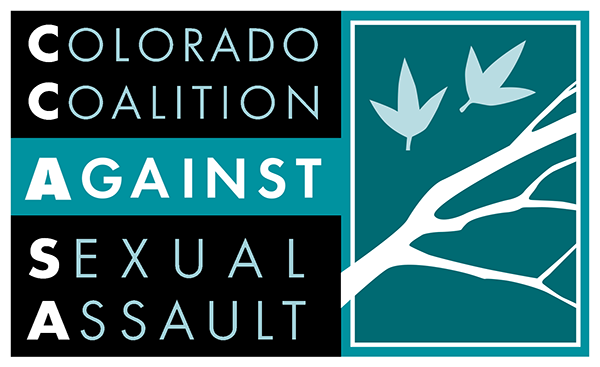Written by Gina Lopez, Director of Training & Technical Assistance
Tribal protection orders and full faith and credit: concepts that most folks (who don’t work in Tribal jurisdictions or in Native communities) wouldn’t be familiar with and might go into their entire career without ever navigating.
Imagine you have done the unbelievable and escaped your abusive situation; you’ve gone to your local advocacy support and made it through the court process to be granted a protection order. Now, you’ve gone into your neighboring town to pick up groceries, pay utility bills, and wash your clothes, and your abuser sees you, and a confrontation ensues. This is happening in full view of passersby, and someone eventually notified law enforcement to respond to this escalating situation, sensing that something was wrong. The officer arrives, and you let the officer know that you have a protection order granted from the person who is contacting you, and by protocol, the officer takes your information and does a check. The information comes back as no protection order exists. Then you explain that this was an order granted out of your Tribal courts, where your violent abuse occurred; the officer believes you, but cannot enforce that order because it does not come up in their system.
If you can consider, you’ve done all the seemingly right things to leave your abusive relationship and try to start anew, gone through the steps to secure ways to protect yourself, and you are still a survivor who has fallen through the cracks of the system. The members of the public have done the right things in being aware and making concerned calls, the officer is even doing the right things with the tools available to him or her at the time, and yet, without your Tribal court protection order, all of these ‘right things’ have become ineffective. Simply because of who you are, where your victimization occurred, and what systems are not communicating with one another.
Existing laws like VAWA (Violence Against Women Act) have made federal efforts to ensure that all survivors, regardless of their identity and geographical location, have the right to be safe and have their protection orders enforced. Systems, however, have yet to catch up with communication processes to bridge one another to fulfill these safety measures for all survivors, namely Native/Indigenous survivors.
The missing and murdered movement is an intersection of violence and the ever-complicated justice system of jurisdiction. Too many Native people escaping danger or have never attempted because of broken systems like the one explored here have many barriers stacked against them that are uniquely their experience. Since these are so unique, many service providers and advocates who do not work in Native or Tribal communities also struggle with how to follow this situation and apply supportive services. A typical response is that “that’s not my jurisdiction, so it’s not within my capabilities,” and then the survivor is pointed back into a revolving door with no answers and no resolution. When there is no understanding or awareness that this critical communication gap exists between systems, Native survivors are left vulnerable, misunderstood, and invisible.
Intimate partner and gender-based violence don’t have a jurisdiction boundary and can show up in every community. Failing to recognize and enforce orders of protection from Tribal courts is a public safety issue for all communities. These gaps embolden violence to occur beyond and between jurisdictions. It seems no one is going to do anything because everyone feels they can’t do anything. Native survivors should be kept safe no matter where they are, no matter what town or jurisdiction they travel to, and no matter the purpose. They should not be left to face unique challenges and vulnerabilities that no others do, and certainly should not be the case simply because systems don’t work together effectively.
The conversation surrounding how to enforce Tribal protection orders and full faith and credit has been occurring for many years, with many different proposed efforts to confront the issue and involving different Tribal communities. We are hopeful that we are nearing a day when Native survivors can have their Tribal protection orders show up in databases that effectuate proper responses from law enforcement agencies, no matter where they go, and that every community is aware that they play a part in doing more as well.
The upcoming Pathways to Safety symposium from the Utah DV Coalition, in collaboration with many stakeholders, including CCASA, Tribal and non-Tribal responders, community, and court systems in hopes to continue the conversation. Please join in this effort in your work and community with curiosity to learn more about how this issue is not just a Tribal community issue, and about how the gender-based violence movement can and should do more to acknowledge the experiences of Native survivors in solidarity.
The views, thoughts, and opinions expressed in this blog belong solely to the individual authors and do not necessarily reflect the official policy or position of the Colorado Coalition Against Sexual Assault (CCASA). The content is provided for informational and educational purposes only and should not be construed as legal, medical, or professional advice. CCASA appreciates the diverse voices that contribute to this platform and encourages thoughtful dialogue, but cannot guarantee the completeness or accuracy of all shared content.

